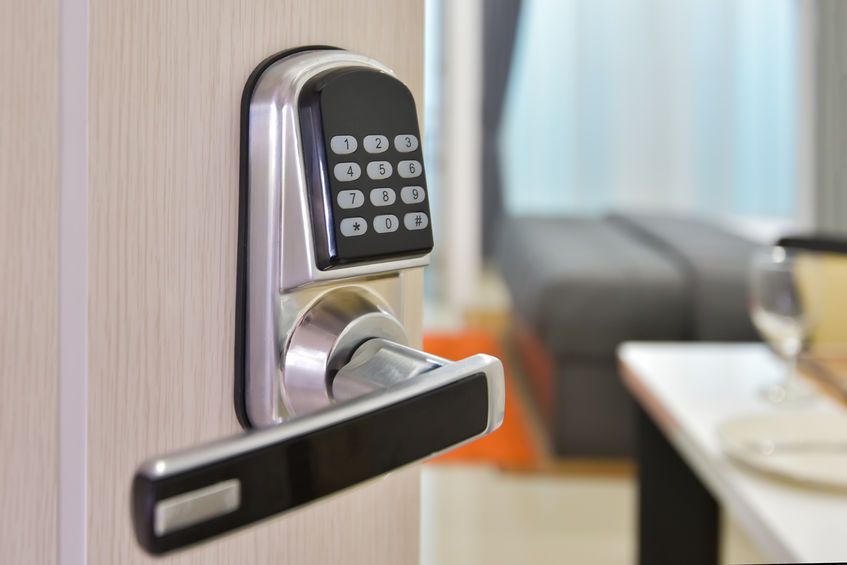Technology is everywhere around us. Whether it is our homes, our offices, the markets, parks or restaurants, everywhere you look you find some screen, some gadget or some item being run through electronics. Mechanical devices have been replaced by electronic items and electronic devices have been replaced by smart systems.
One such item, that we use every day and are so used to it that it’s presence is almost invisible to us – the lock, is also increasingly becoming infused with technology. Gone are the days of carrying keys around in a bunch to open different locks that you had. In the era of fingerprints and facial recognition, mechanical locks too have been replaced by digital locks.
Getting to know digital locks
Keyless locks or electronic locks or whatever you wish to call them, these locks work with the same principles of a regular lock. There are however multiple types of electronic locks today which you can choose depending on the type of access you wish to provide.
- Locks with keypad – These are the most common ones that you can find because these were the first kind of locks running on some sort of technology. You can find these on doors, safes, R&D sites, supermarkets, etc.
- Locks with fob – Just like your car door, the door of your house or your office can lock and unlock using a fob. It could be button enabled or proximity enabled depending on your requirement.
- Locks with fingerprint reader – When security is of utmost importance and access needs to be limited to only a few individuals, locks with fingerprint reader mechanism are used. Not only they provide a unique key for entry, it is nearly impossible to breach them without damaging the door itself.
- Locks with facial recognition – A product of recent advancements in technology, these locks work in similar fashion as fingerprint locks but with your face as the key instead of the fingerprint.
The mechanism behind digital locks
The basic mechanism of locking and unlocking remains the same for all the locks, electronic or otherwise. All the locks have a rotating mechanism that pushes the levers that jam the door to lock and rotates to pull the lever back which unlocks the door. The difference here is how the rotatory mechanism is activated.
Whatever type of unlock feature your digital lock has, fingerprint, keypad or any other, all these locks are connected to electrical supply. This electricity is used to get the input from the user and send signals to the motors that run the lock. Once the correct input is received by the interface, the signals are sent to the motors that in turn activate the rotary mechanism of levers and pins. These levers and pins then lock or unlock the door depending on the direction of their movement.
Sometimes the levers and pins are situated on the top or bottom of the door but mostly these move sideways ass the traditional door design is for locking on the side.
There are obvious benefits to new age electronic locks the foremost being the reduced dependence on physical keys. Also, these locks are highly secure as any burglar or thief doesn’t have a physical or mechanical interface to meddle with like in traditional locks where even pins can be used to pick the lock. In case of keypad locks however the passcode needs to be updated regularly to avoid showing the combination due to wear and tear on the keypad. Also, you need to select digital locks that enable battery operation in case of power cut or some electrical failure which could result in access to the lock going away.
Related posts

Recent Posts
- The Future of Rummy: Trends and Predictions April 16, 2024
- 6 Questions to Ask Your Hardwood Flooring Installer March 28, 2024
- Inside Rinat Akhmetov Foundation’s Blogger Camp for Ukraine’s Young War Survivors February 29, 2024
- Driving Success: Exploring the Benefits of Golf Simulators for Businesses February 23, 2024
- UNLOCKING EFFICIENCY: YOUR GUIDE TO INDUSTRIAL EQUIPMENT MAINTENANCE November 8, 2023
- SELECTING THE RIGHT PUMP MATERIAL: FINDING THE PERFECT FIT FOR YOUR APPLICATION October 27, 2023
- Combining Fundamental and Technical Analysis on TradingView August 26, 2023



Stay connected